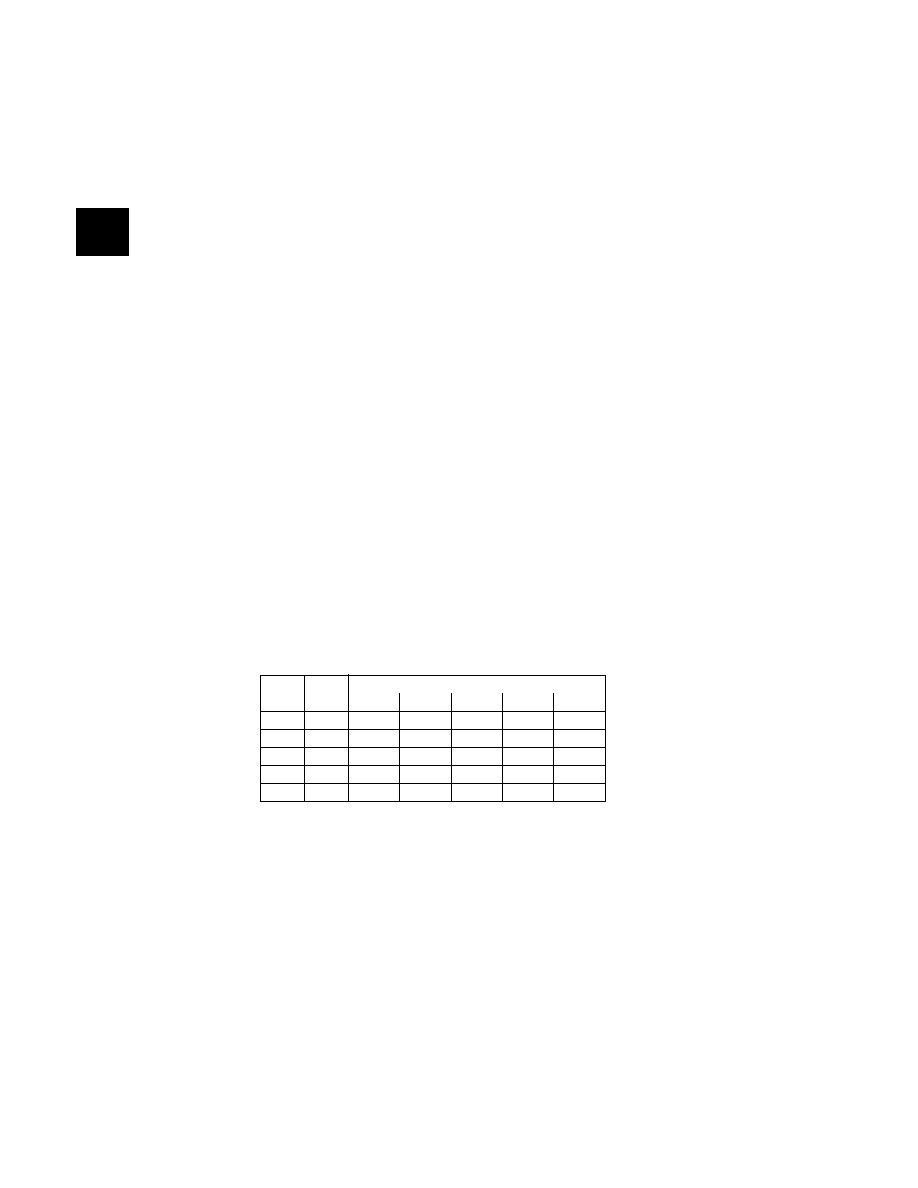- 您現(xiàn)在的位置:買賣IC網(wǎng) > PDF目錄45232 > MC68HC11P1CFN4R2 (MOTOROLA INC) 8-BIT, EEPROM, 4 MHz, MICROCONTROLLER, PQCC84 PDF資料下載
參數(shù)資料
| 型號: | MC68HC11P1CFN4R2 |
| 廠商: | MOTOROLA INC |
| 元件分類: | 微控制器/微處理器 |
| 英文描述: | 8-BIT, EEPROM, 4 MHz, MICROCONTROLLER, PQCC84 |
| 封裝: | PLASTIC, LCC-84 |
| 文件頁數(shù): | 174/236頁 |
| 文件大小: | 1232K |
| 代理商: | MC68HC11P1CFN4R2 |
第1頁第2頁第3頁第4頁第5頁第6頁第7頁第8頁第9頁第10頁第11頁第12頁第13頁第14頁第15頁第16頁第17頁第18頁第19頁第20頁第21頁第22頁第23頁第24頁第25頁第26頁第27頁第28頁第29頁第30頁第31頁第32頁第33頁第34頁第35頁第36頁第37頁第38頁第39頁第40頁第41頁第42頁第43頁第44頁第45頁第46頁第47頁第48頁第49頁第50頁第51頁第52頁第53頁第54頁第55頁第56頁第57頁第58頁第59頁第60頁第61頁第62頁第63頁第64頁第65頁第66頁第67頁第68頁第69頁第70頁第71頁第72頁第73頁第74頁第75頁第76頁第77頁第78頁第79頁第80頁第81頁第82頁第83頁第84頁第85頁第86頁第87頁第88頁第89頁第90頁第91頁第92頁第93頁第94頁第95頁第96頁第97頁第98頁第99頁第100頁第101頁第102頁第103頁第104頁第105頁第106頁第107頁第108頁第109頁第110頁第111頁第112頁第113頁第114頁第115頁第116頁第117頁第118頁第119頁第120頁第121頁第122頁第123頁第124頁第125頁第126頁第127頁第128頁第129頁第130頁第131頁第132頁第133頁第134頁第135頁第136頁第137頁第138頁第139頁第140頁第141頁第142頁第143頁第144頁第145頁第146頁第147頁第148頁第149頁第150頁第151頁第152頁第153頁第154頁第155頁第156頁第157頁第158頁第159頁第160頁第161頁第162頁第163頁第164頁第165頁第166頁第167頁第168頁第169頁第170頁第171頁第172頁第173頁當前第174頁第175頁第176頁第177頁第178頁第179頁第180頁第181頁第182頁第183頁第184頁第185頁第186頁第187頁第188頁第189頁第190頁第191頁第192頁第193頁第194頁第195頁第196頁第197頁第198頁第199頁第200頁第201頁第202頁第203頁第204頁第205頁第206頁第207頁第208頁第209頁第210頁第211頁第212頁第213頁第214頁第215頁第216頁第217頁第218頁第219頁第220頁第221頁第222頁第223頁第224頁第225頁第226頁第227頁第228頁第229頁第230頁第231頁第232頁第233頁第234頁第235頁第236頁

MOTOROLA
3-2
MC68HC11P2
OPERATING MODES AND ON-CHIP MEMORY
3
3.1.3
Special test mode
Special test, a variation of the expanded mode, is primarily used during Motorola’s internal
production testing; however, it is accessible for programming the CONFIG register, programming
calibration data into EEPROM, and supporting emulation and debugging during development.
3.1.4
Special bootstrap mode
When the MCU is reset in special bootstrap mode, a small on-chip ROM is enabled at address
$BE40–$BFFF. The ROM contains a reset vector and a bootloader program. The MCU fetches the
reset vector, then executes the bootloader.
For normal use of the bootloader program, send a synchronization byte $FF to the SCI receiver
at either E clock
÷256, or E clock ÷1664 (7812 or 1200 baud respectively, for an E clock of 2MHz).
Then download up to 1024 bytes of program data (which is put into RAM starting at $0080). These
characters are echoed through the transmitter. The bootloader program ends the download after
a timeout of four character times or 1024 bytes. When loading is complete, the program jumps to
location $0080 and begins executing the code. Use of an external pull-up resistor is required when
using the SCI transmitter pin (TXD) because port D pins are congured for wired-OR operation by
the bootloader. In bootstrap mode, the interrupt vectors point to RAM. This allows the use of
interrupts through a jump table.
Further baud rate options are available on the MC68HC11P2 by using a different value for the
synchronization byte, as shown in Table 3-1. Refer also to Motorola application note
AN1060,
M68HC11 Bootstrap Mode (the bootloader mode is similar to that used on the MC68HC11K4).
Table 3-1 Example bootloader baud rates
Sync.
byte
Timeout
delay
Baud rates for an E clock of:
2.00MHz 2.10MHz 3.00MHz 3.15MHz 4.00MHz
$FF
4 char.
7812
8192
11718
12288
15624
$FF
4
1200
1260
1800
1890
2400
$F0
4.9
9600
10080
14400
15120
19200
$FD
17.3
5208
5461
7812
8192
10416
$FD
13
3906
4096
5859
6144
7812
相關PDF資料 |
PDF描述 |
|---|---|
| MC68HC11P2BCFN4R2 | 8-BIT, MROM, 4 MHz, MICROCONTROLLER, PQCC84 |
| MC68HC11PH8CPV3 | 8-BIT, MROM, 3 MHz, MICROCONTROLLER, PQFP112 |
| MC68S711PH8CFN4 | 8-BIT, OTPROM, 4 MHz, MICROCONTROLLER, PQCC84 |
| MC68S711PH8CFS3 | 8-BIT, UVPROM, 3 MHz, MICROCONTROLLER, CQCC84 |
| MC68S11PH8CPV4 | 8-BIT, MROM, 4 MHz, MICROCONTROLLER, PQFP112 |
相關代理商/技術參數(shù) |
參數(shù)描述 |
|---|---|
| MC68HC16Z1CAG | 制造商:Freescale Semiconductor 功能描述: |
| MC68HC16Z1CAG16 | 功能描述:16位微控制器 - MCU 16 BIT MCU 1K RAM RoHS:否 制造商:Texas Instruments 核心:RISC 處理器系列:MSP430FR572x 數(shù)據(jù)總線寬度:16 bit 最大時鐘頻率:24 MHz 程序存儲器大小:8 KB 數(shù)據(jù) RAM 大小:1 KB 片上 ADC:Yes 工作電源電壓:2 V to 3.6 V 工作溫度范圍:- 40 C to + 85 C 封裝 / 箱體:VQFN-40 安裝風格:SMD/SMT |
| MC68HC16Z1CAG16 | 制造商:Freescale Semiconductor 功能描述:IC16-BIT MICROCONTROLLER |
| MC68HC16Z1CAG20 | 功能描述:16位微控制器 - MCU 16 BIT MCU 1K RAM RoHS:否 制造商:Texas Instruments 核心:RISC 處理器系列:MSP430FR572x 數(shù)據(jù)總線寬度:16 bit 最大時鐘頻率:24 MHz 程序存儲器大小:8 KB 數(shù)據(jù) RAM 大小:1 KB 片上 ADC:Yes 工作電源電壓:2 V to 3.6 V 工作溫度范圍:- 40 C to + 85 C 封裝 / 箱體:VQFN-40 安裝風格:SMD/SMT |
| MC68HC16Z1CAG20 | 制造商:Freescale Semiconductor 功能描述:Microcontroller |
發(fā)布緊急采購,3分鐘左右您將得到回復。